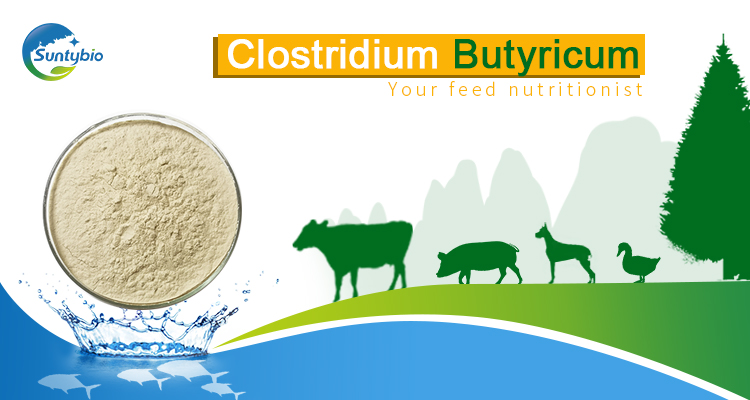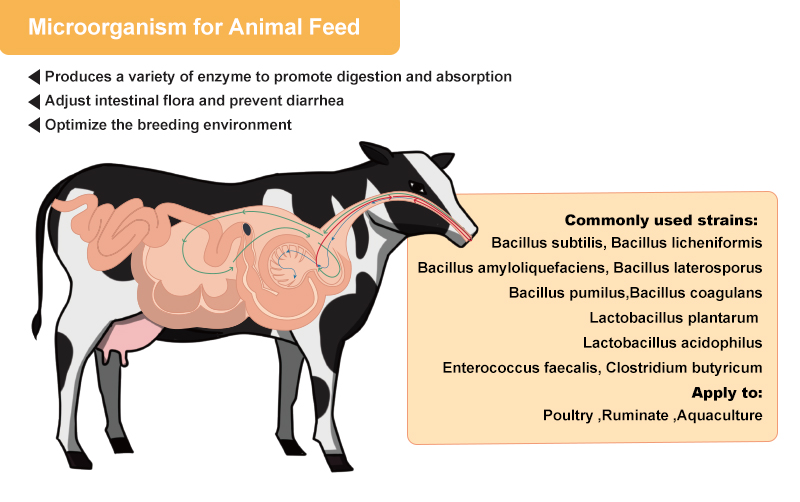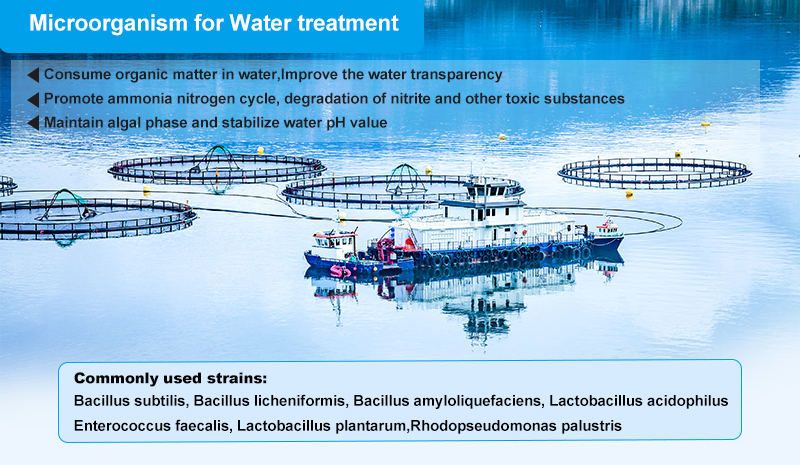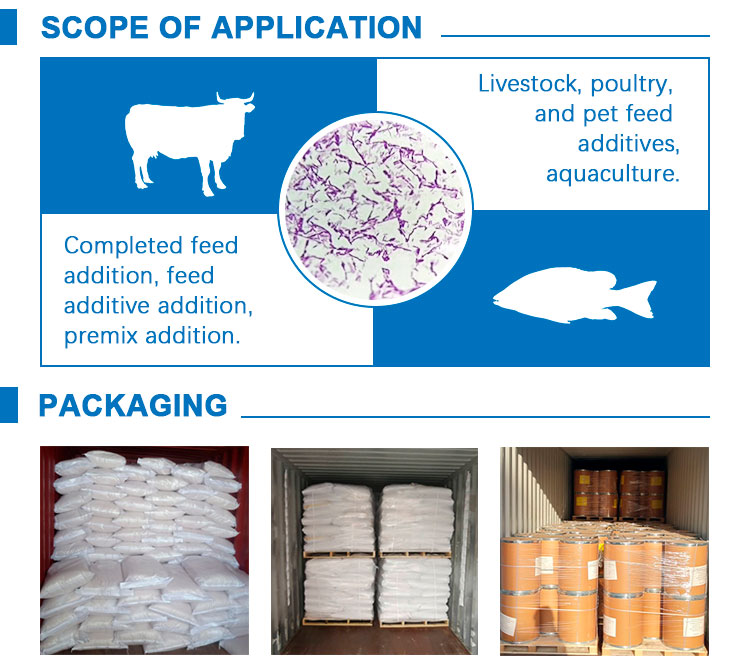b

Thank You!
Your requirement has been sent, we will contact you quickly!
Sent Failed!
Try again!
Clostridium butyrate (CLOstridium butyrate) is a kind of green feed additive produced by deep liquid fermentation, multi-layer coating and spray drying on the basis of modern biotechnology






